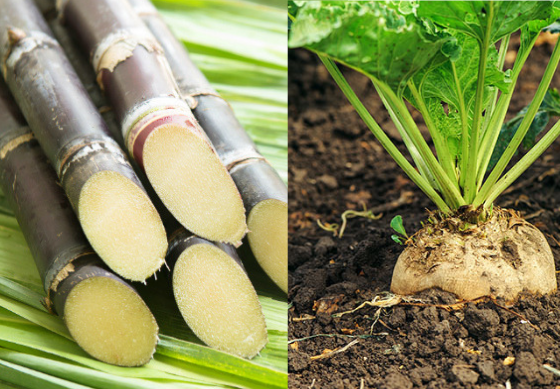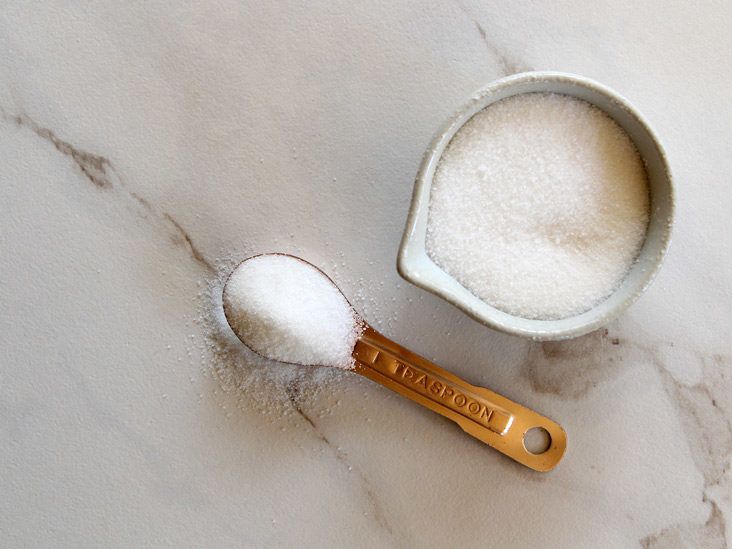Beet Sugar vs. Cane Sugar: Secret Distinctions You Should Know
The difference between beet sugar and cane sugar prolongs past their comparable chemical structures; it includes their beginnings, production methods, and possible wellness effects. While both kinds of sugar offer as typical sugar, their divergent backgrounds-- beet sugar arising in 19th century Europe and cane sugar tracing back to old Southeast Asia-- established the stage for a much deeper expedition of their production and nutritional accounts.
Beginnings of Beet Sugar
Although beet sugar has actually ended up being a considerable gamer in the global sugar market, its origins can be mapped back to the very early 19th century when European researchers started discovering different resources of sugar. The zero hour occurred in 1801 when German drug store Andreas Marggraf identified sugar in the white beet, an exploration that prepared for succeeding research and commercial applications.
The process of refining beet sugar was additional progressed by his student, Franz Karl Achard, who developed the initial beet sugar manufacturing facility in Prussia in 1806. This technology accompanied the Napoleonic Wars, during which profession interruptions caused an increased need for domestic sugar manufacturing in Europe. beet sugar vs cane sugar. Because of this, beet sugar acquired traction, particularly in countries like France and Germany

Origins of Cane Sugar
Cane sugar, originated from the sugarcane plant, has an abundant background that dates back thousands of years, mainly in exotic areas where the plant thrives. The earliest proof of sugarcane growing can be traced to New Guinea and Southeast Asia around 8,000 BCE. From these origins, expertise of sugarcane spread to India, where it was initial processed into taken shape sugar by the fifth century CE.
As trade courses created, sugarcane reached Persia, the Mediterranean, and eventually Europe, where it was initially considered a deluxe item. The expansion of sugar production took place during the Islamic Golden Era, which promoted the transfer of agricultural methods and developments. By the 15th century, the demand for sugar surged, triggering European nations to establish haciendas in the Caribbean and South America.
This change not only changed the farming landscape of these regions however additionally had considerable socio-economic ramifications, including the reliance on confined labor. Cane sugar, when an unusual product, came to be a staple in diet plans worldwide, laying the foundation for the international sugar sector we acknowledge today. Recognizing its beginnings is important for appreciating cane sugar's effect on culinary traditions and economic climates.
Manufacturing Processes
The manufacturing processes for both beet sugar and cane sugar include a number of crucial steps that change raw materials into the crystalline sugar typically used today. For beet sugar, the process starts with collecting sugar beetss, which are after that washed and cut into slim cossettes. These cossettes are subjected to warm water extraction, permitting the sugar to dissolve.
In comparison, cane sugar production starts with the harvesting of sugarcane, which is crushed to draw out the juice. This juice is also detoxified using lime and warmth. Complying with purification, the juice is evaporated to develop a syrup, which is then crystallized. The sugar crystals are centrifuged to divide them from the staying syrup, called molasses, and consequently dried out. While both share resemblances, the source material and details methods result in distinctive attributes for beet and cane sugars, influencing the choices of suppliers and customers alike.
Nutritional Contrast
When contrasting the dietary profiles of beet sugar and cane sugar, it is essential to acknowledge that both sugar are largely composed of sucrose, bring about similar power web content and calorie values (beet sugar vs cane sugar). Both kinds of sugar usually include concerning 4 calories per gram, making them equal in terms of energy provision
In addition to sucrose, both beet and cane sugars include trace quantities of minerals and vitamins; nevertheless, these quantities are negligible and More about the author do not substantially add to day-to-day nutritional requirements. Both may include minute levels of magnesium, calcium, and potassium, yet these are not existing in adequate amounts to offer any type of considerable health and wellness advantages.
Moreover, the lack of fiber in both kinds of sugar highlights their duty as pure sugar instead of sources of nourishment. beet sugar vs cane sugar. While they might give a quick resource of energy, their lack of essential nutrients highlights the value of moderation in intake
Inevitably, from a simply dietary viewpoint, beet sugar and cane sugar are practically identical, making the selection between both greatly reliant on aspects such as taste choice, accessibility, and environmental factors to consider.
Health And Wellness Effects
While beet sugar and cane sugar share comparable dietary profiles, their wellness ramifications necessitate factor to consider beyond simple composition. Both sugars are largely composed of sucrose, which can bring about similar metabolic results; excessive intake can add to weight problems, diabetes, and cardio diseases. Nevertheless, the resource and production of these sugars might influence their total wellness impact.
Beet sugar is frequently generated using questionable chemicals, such as phosphoric acid, which might leave trace her explanation deposits. In comparison, cane sugar undergoes a much more traditional refining process, which has a tendency to be much less chemical-intensive. The existence of these deposits in beet sugar could elevate issues for delicate populations or those seeking to reduce chemical direct exposure.

In addition, the cultivation methods of sugar beetss and sugar cane might vary, with the previous usually involving more intensive farming practices that can affect soil health and wellness and biodiversity. This farming context might affect the more comprehensive health implications of sugar consumption on a population level.
Inevitably, while both beet and cane sugars offer comparable functions in the diet plan, consumers need to think about the subtleties of manufacturing and sourcing when making educated selections concerning their sugar consumption.
Final Thought

While both types of sugar serve as usual sweeteners, their different backgrounds-- beet sugar emerging in 19th century Europe and cane sugar mapping back to old Southeast Asia-- set the stage for a much deeper expedition of their production processes and dietary profiles.The procedure of refining beet sugar was discover this info here further advanced by his student, Franz Karl Achard, that established the first beet sugar manufacturing facility in Prussia in 1806.The production processes for both beet sugar and cane sugar involve numerous vital actions that change raw products into the crystalline sweeteners generally used today. For beet sugar, the process starts with collecting sugar beetss, which are after that washed and sliced into thin cossettes. The extraction refines better distinguish the 2, with beet sugar making use of warm water extraction and cane sugar involving crushing.